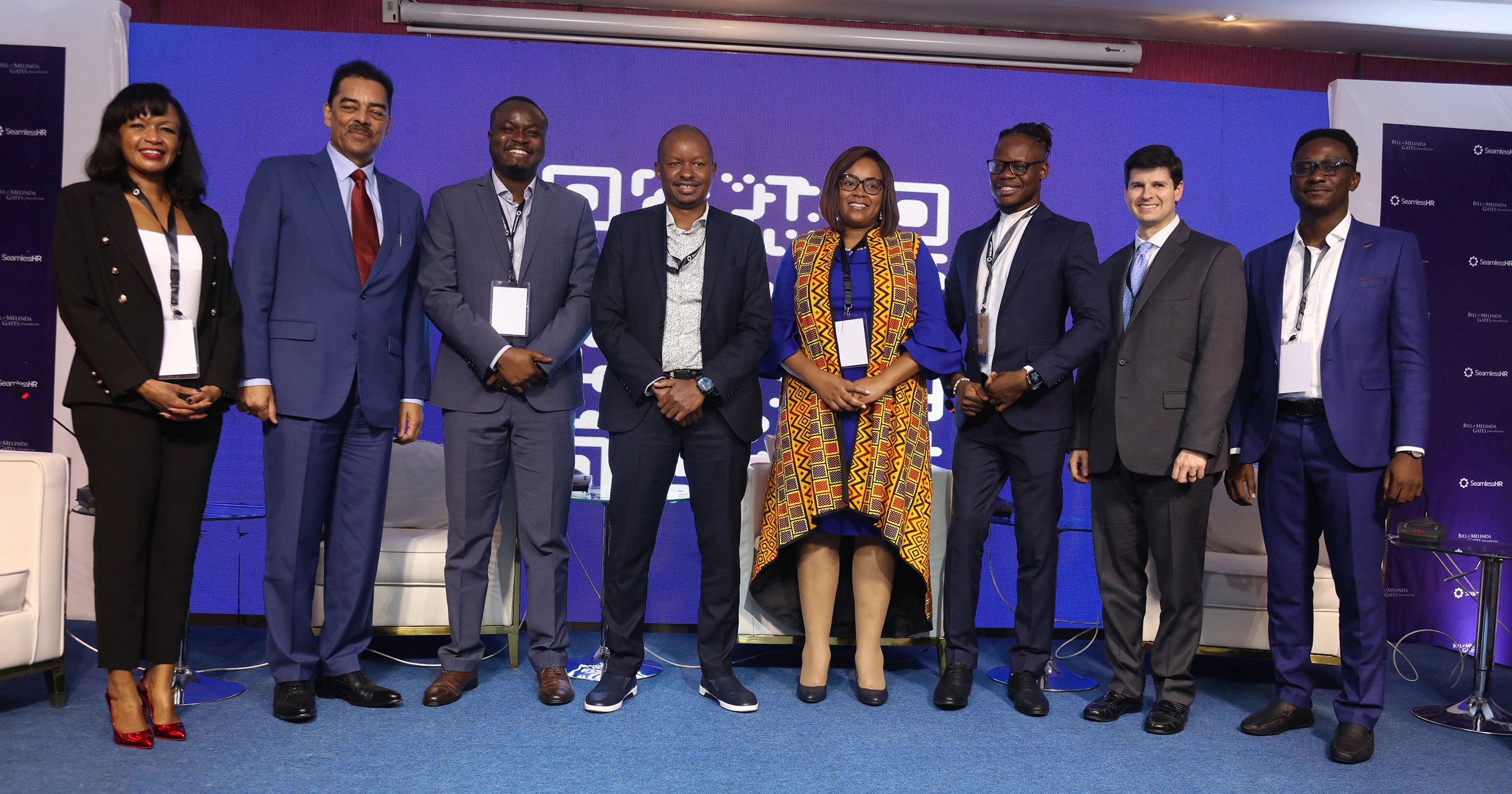Elevating Business Success Through Exceptional Customer Experience
By ‘Toun Akinsunmi
Have you ever entered a store and the salesperson recited the “Good afternoon, thanks for shopping with us, how may I help you?” line in the most disengaged, monotonous voice you have ever heard? Or worse, did not bother to acknowledge your presence? Unfortunately, this experience is very common across industry verticals; from retail to health care to banking and so on.
Many companies leave this integral part of their business, the actual servicing of their customers, to the least qualified and least trained people in their organisation. We all must have experienced poor customer service, yet little to no attention is paid to improving it.
To provide good and effective customer service, service providers must consciously and deliberately engineer the type of experience they want for every customer interaction. A well-engineered experience will optimise the customer experience, enhance customer satisfaction and build loyalty.
The first will be to Map the Customer Journey. Analyse and visualise the customer’s interactions across various touch points, from initial contact to after-sales support. A customer journey map will help you to understand the customer’s experience before, during and after buying your product or service. With this understanding, you can identify opportunities to delight, remove barriers and then create the best possible experience for customers.
A customer journey also guides in creating standard operating procedures in your business, training your staff, and helping your team members better understand your customers. There are many resources, including templates, available online that one can leverage to develop a functional customer journey map.
It is advised that you should create different customer journey maps for different customer segments. As we all know, customers are not created equal. Hence the need to segment your customers based on factors like demographics, behavior, value, needs/preferences, location etc. Customer segmentation will help you tailor interactions to meet the unique needs of the customers. Remember that a detailed profile of customers, that is, customer personas is important for segmenting your customers.
Armed with your journey map per segment, you can create and implement strategies/initiatives that offer tailored services and experiences based on each customer segment.
Another key element of experience engineering is managing the customer’s perception of the situation. This is a very powerful tool that will significantly reduce customer effort and drive loyalty. The big question here is, how do you manage the customer’s perception?
Firstly, you must demonstrate a clear alignment with the customer and support them in an active way. The customer must perceive that you are in their corner and your main goal is to “serve” them. It is important that service professionals avoid an us versus them situation at all cost.
One easy way to demonstrate this is to meet your customers where they are by providing omnichannel support on websites, mobile apps, social media, chat, email, and phone.
In addition, let your customers be your mirror. Solicit customer feedback and implement a framework to address customer complaints quickly. Nothing shows advocacy more than taking and using customer feedback to improve their experience.
Another way to manage the customer’s perception of the situation is always to use positive language both in written and spoken interactions. Resist the use of words or phrases (like “no” or “can’t”) that convey an inability to reach a productive outcome with the customer. We can’t always say “yes” to every customers’ requests, don’t we wish we could. What we can to is to reframe the “No”. Move the focus on what you can do and away from what you can’t do.
In addition, you need to maintain a positive tone of voice and body language even on the phone, as positive energy can be conveyed across telephone conversations.
The last point, which I find most interesting, is Anchoring. This is positioning a given outcome as more positive and desirable by comparing it to another less desirable one. The way to do this is to offer an alternative in ways that allow even a second-best choice to be just as acceptable—or even more so—than what the customer originally wants.
I will touch briefly on the organisation’s culture, which directly impacts the quality of service. Organisations must build a customer-centric culture that is adapted to evolving customer expectations and industry trends.
Everyone from the receptionist to the CEO, not just customer service professionals, must understand the value of the customer and their own role in servicing the customer.
As the Director of Customer Success at SeamlessHR, my role is pivotal in driving the customer-centric culture within our organisation. I lead a team of talented professionals dedicated to meeting and exceeding customer expectations. As we observe Customer Service Week, 2023, I want to recognise everyone on my team and all customer service professionals who have remained dedicated to providing exceptional customer service.








